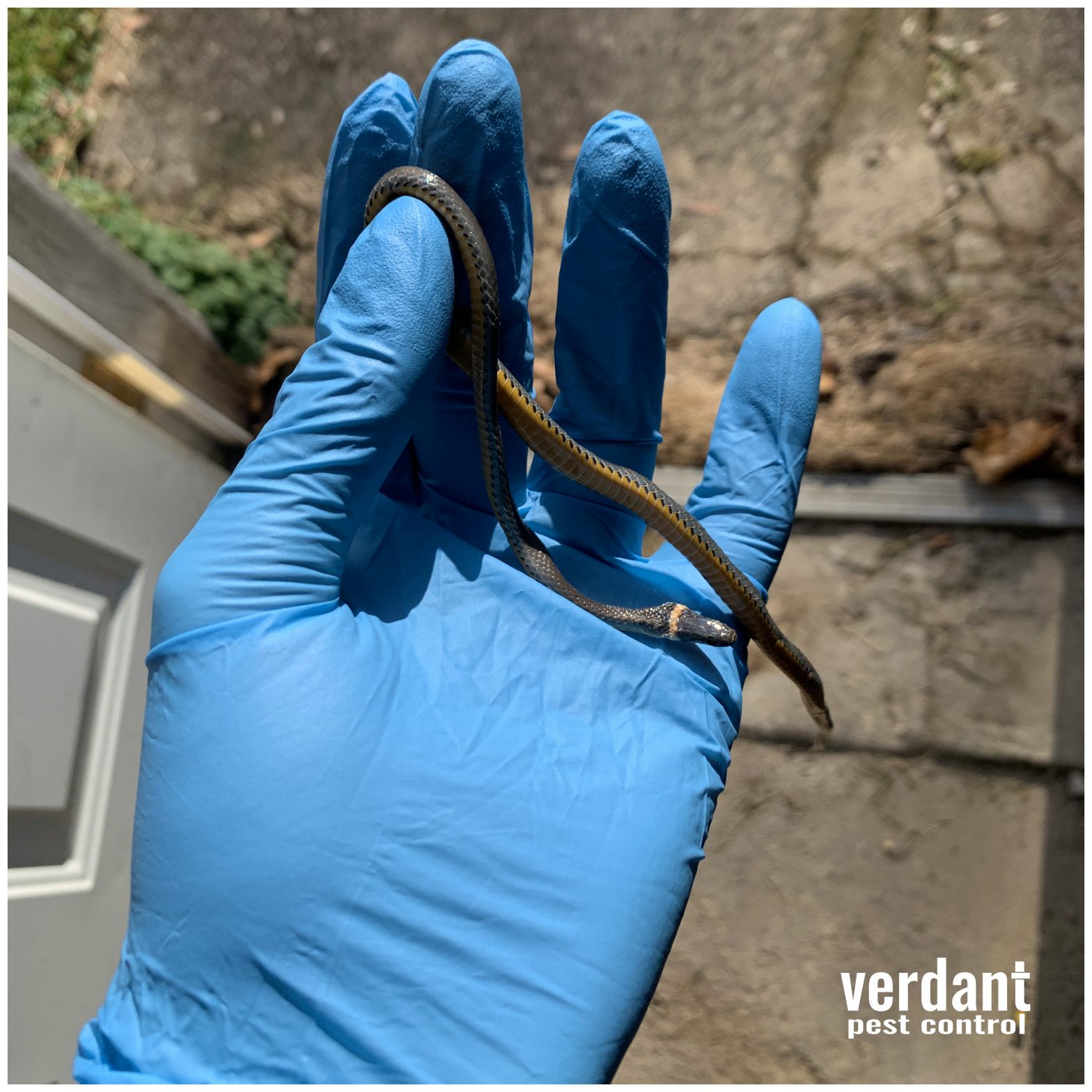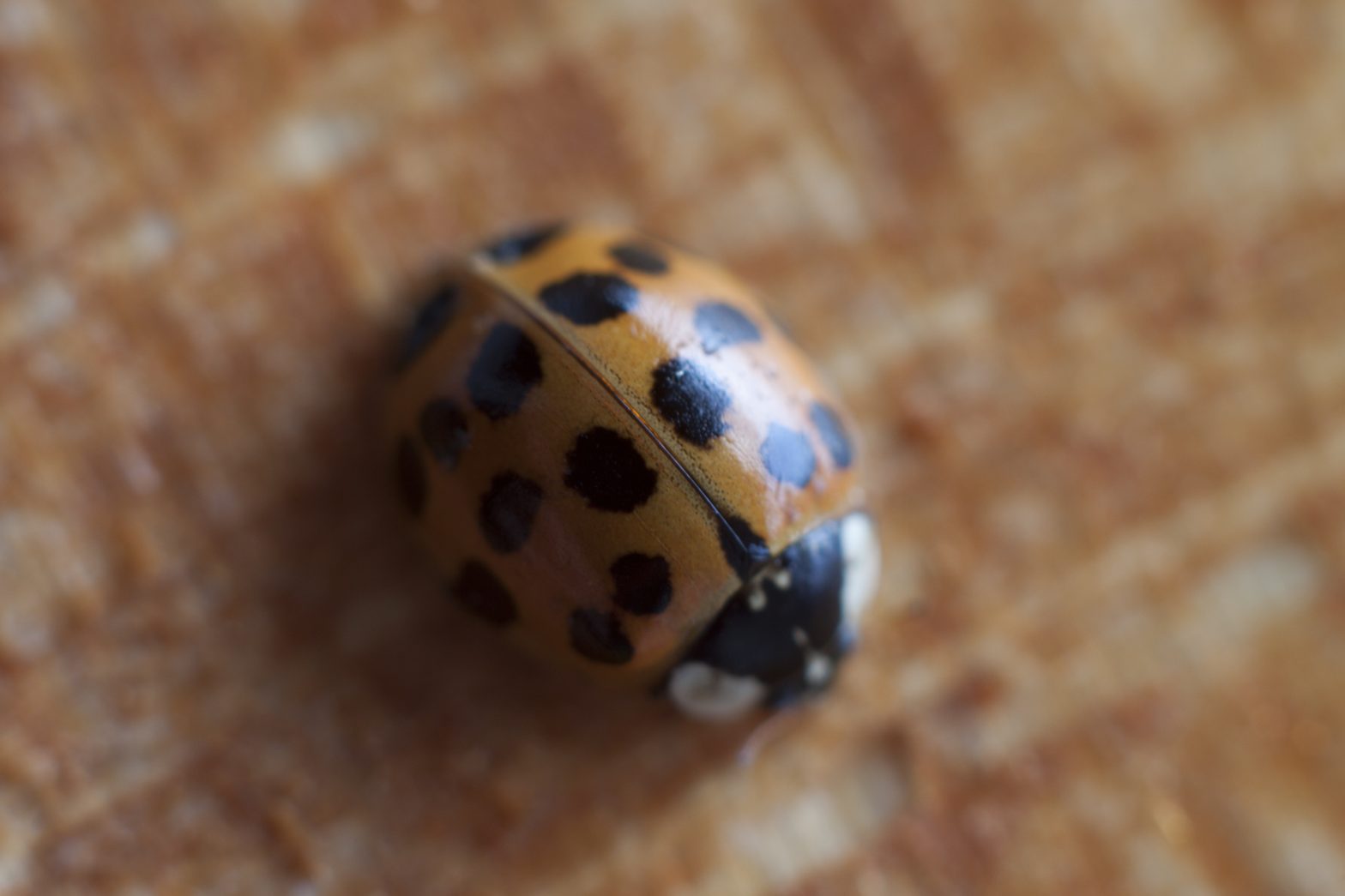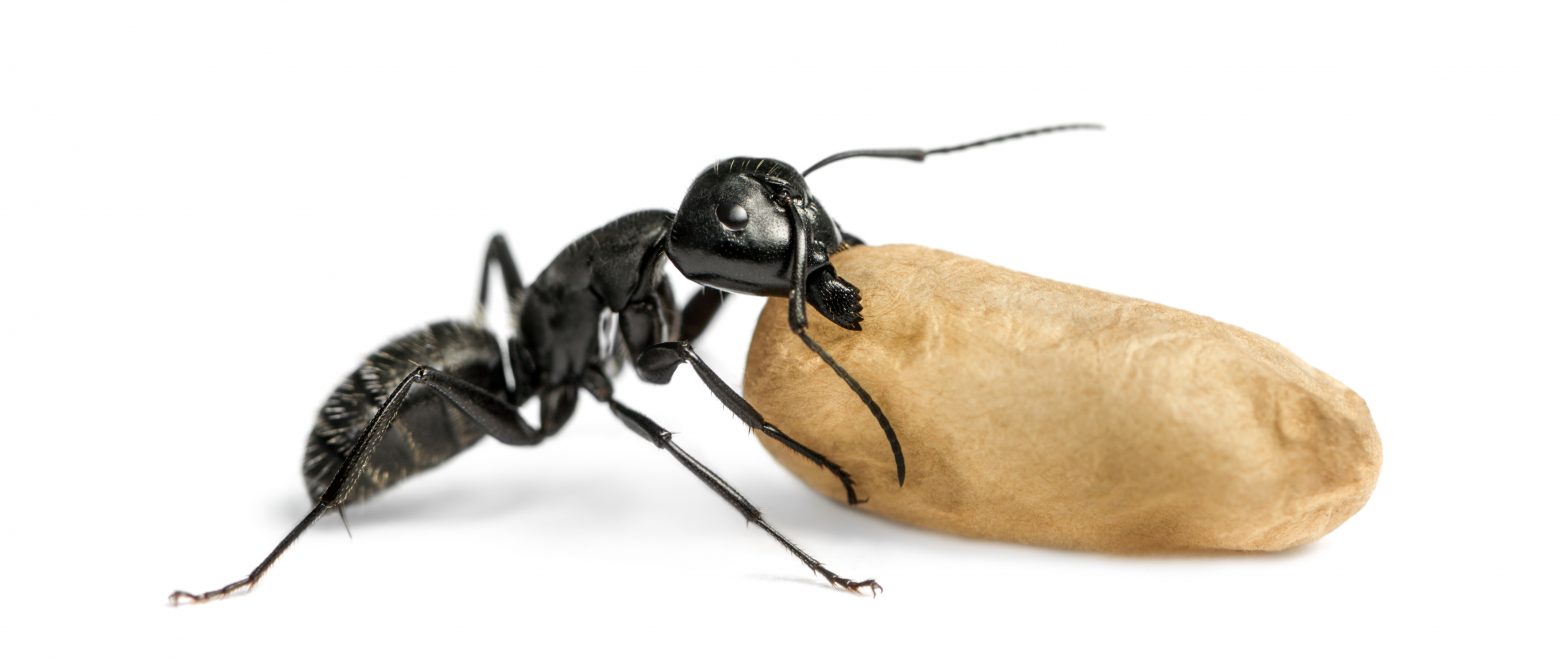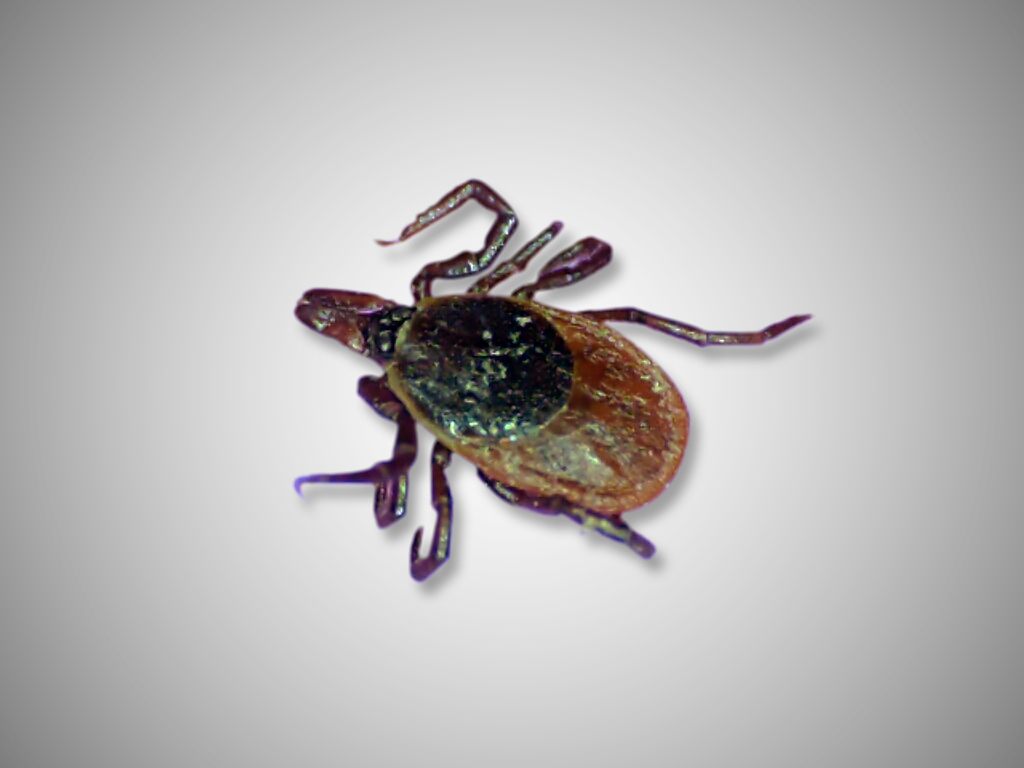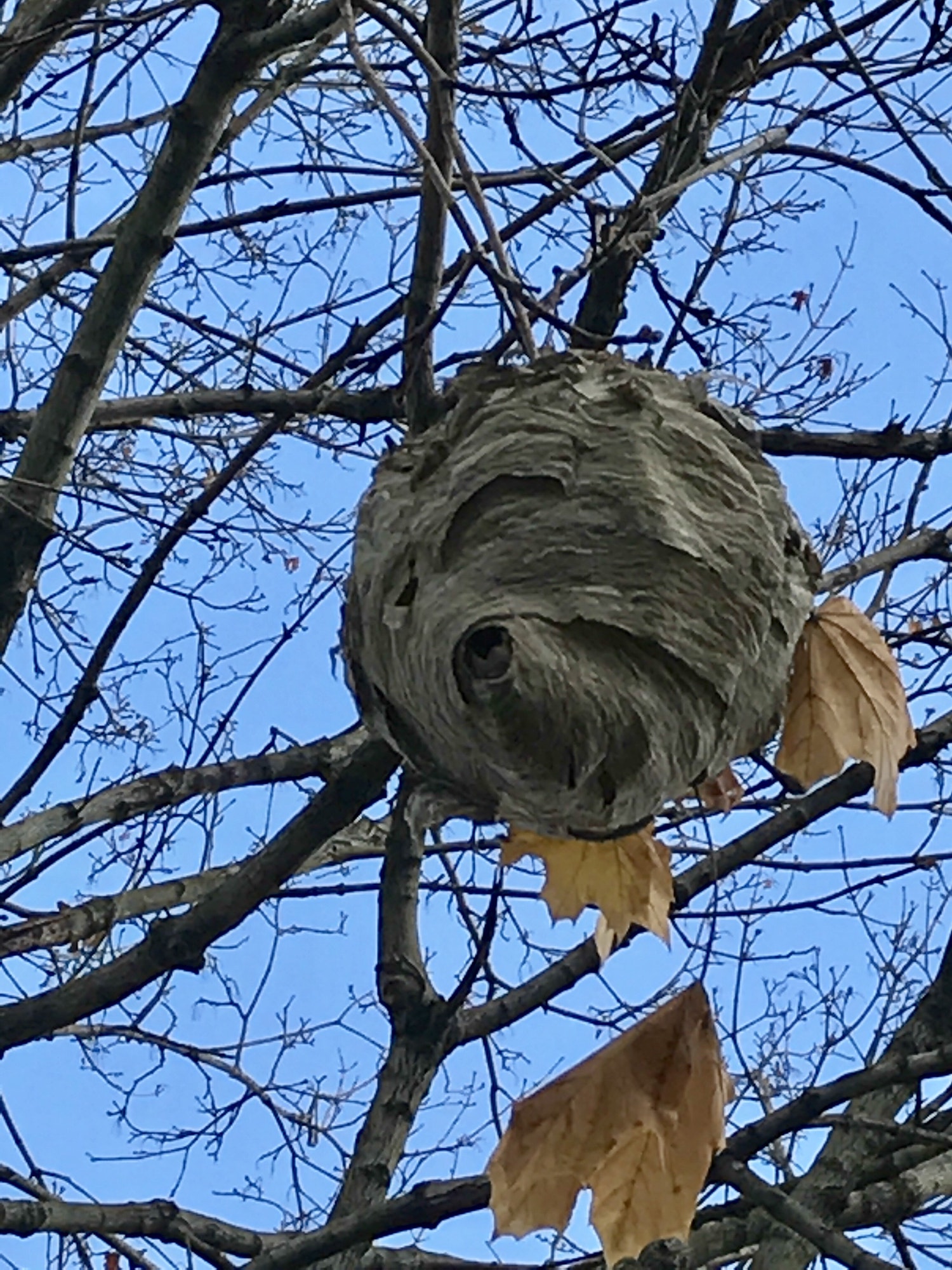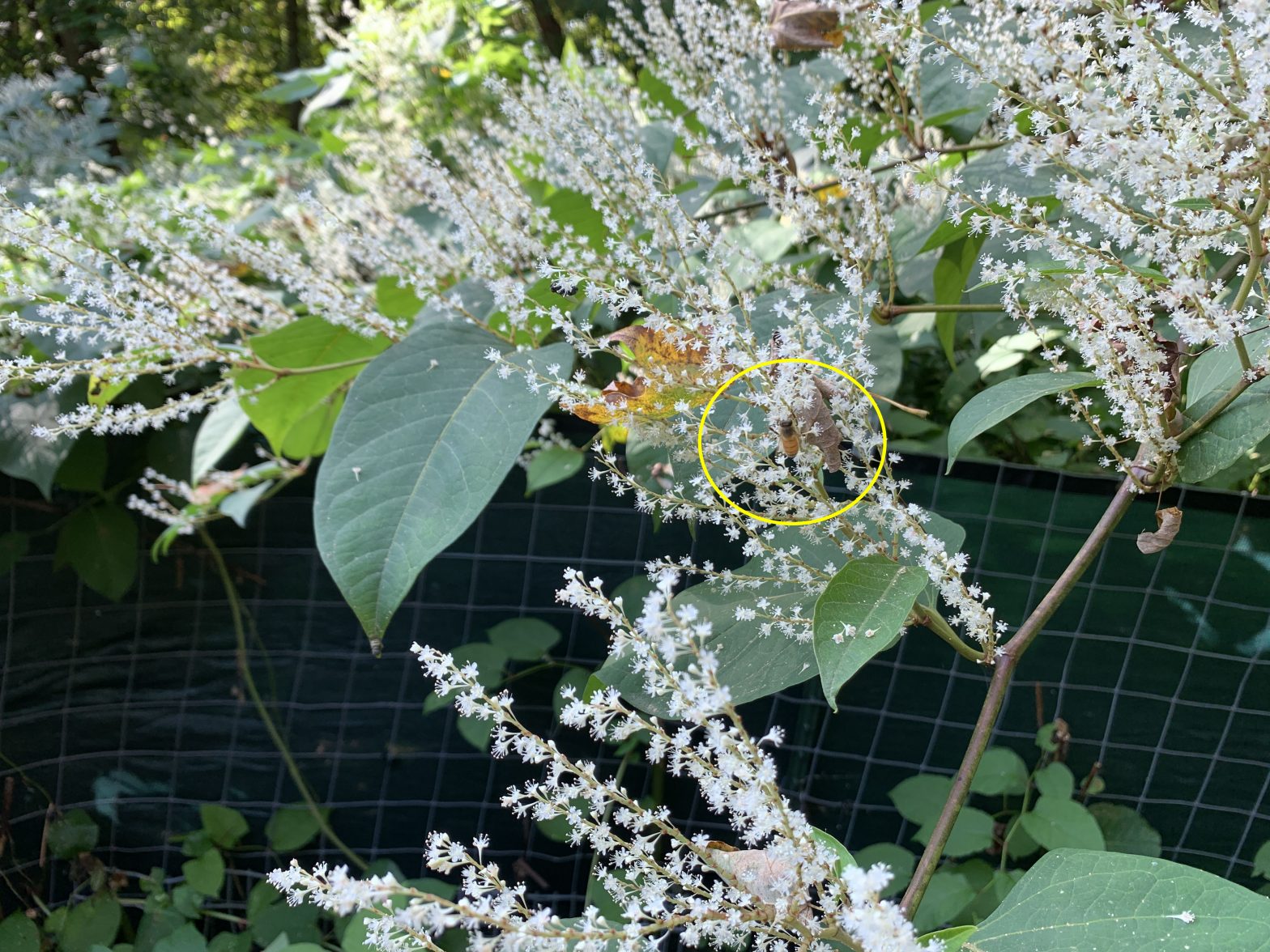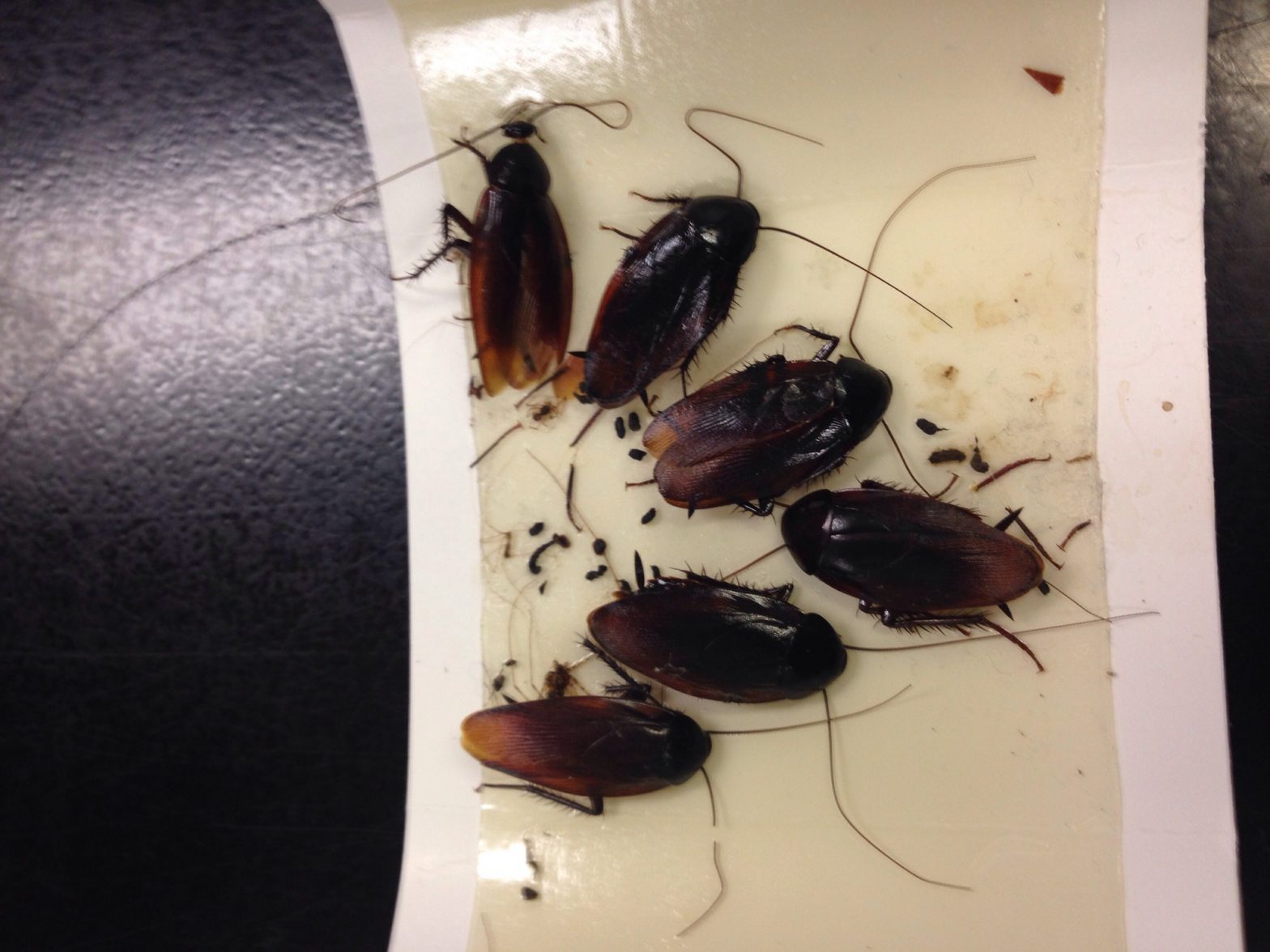Found. Northern Ring-necked Snake. These pretty looking snakes don’t get very big (max out at 15 inches) and like to eat insects and salamanders. They don’t bite but do release a musk when threatened. This little fellow expired long before I picked it up.
Tag: insect control
Take cover from Lady Beetles
Have you seen me? Chances are you have been finding many of these over the past couple weeks. Lady Beetle pest control is popular this time of year. Lady Beetles are overwintering pests that like to take refuge in your home during the harsh winter months. Unfortunately there is no fool proof way to stop these little bugs from getting inside and showing up in the fall and then again in the spring. Sealing up cracks, gaps and making sure screens, doors and windows are in good repair is an excellent first step. We have plans that will help reduce their numbers but this is just one pest that is very difficult to control entirely. Call today to learn more.
The busy life of Carpenter Ants
Here a Carpenter Ant is carrying an egg. Carpenter ants work 24/7/365 to build and expand their territory. They are nocturnal so you’ll see most of their foraging at night. Carpenter ants can have a single nest or a colony with multiple “satellite nests”. These satellite nests are also known as feeder nests since they don’t have eggs, but they do have workers, mature larvae and pupae. Depending on the species and age of the colony, their population can range from 3,000 ants to over 100,000 ants! Carpenter ants get their name from their behavior to chew out galleries in wood for building their nest. They do not eat the wood, they only hollow it out for a home. The treatment protocol for carpenter ants can vary greatly depending on the activity that is seen. We have an assortment of products and methods for control carpenter ants. A thorough onsite inspection will determine the direction of treatment required.
The dreaded Lyme disease tick…
This is a Black Legged Tick, also known as the Deer Tick. This is the tick responsible for the spread of Lyme disease. They can vary in size depending on where they are in development. They live for about two years and are the biggest threat to humans and pets during late spring into summer. These ticks find their next host by “questing” or waiting. They do not seek you out but instead they lay and wait with their front arms outreached waiting for a passer by to grab on to. Feeding on a host can be as short as ten minutes or last a couple hours. Removing the tick as soon as possible is key in reducing risk of Lyme disease. It can take about 24 hours for the bacteria to be transmitted from the tick onto the new host, but it’s best not to wait that long and check yourself frequently when enjoying the outdoors.
Wasps & Hornets
Hello there large wasp nest… High up in a tree is not usually a problem, but when they build one of these soccer ball sized nests on your deck its a bit more concerning. Wasps and hornets can be very aggressive. I’m not tackling one of these without a well fitted bee suit. This is what some have referred to as a “nope nest”. As is in, nope i’m not dealing with that. Smart move, call the exterminator instead. I will put on my “not today” protective layers and go to work. 10 points awarded to those of you that picked up on that Game of Thrones reference. In the end, it’s much better to leave these types of services to professionals that have the experience, tools and a touch of crazy to get it done!
Honey Bees love Linden
While there are many varieties of Linden, one thing you can count on is honey bees coming to enjoy their flowers.
Linden trees have been planted for centuries to attract honey bees for cultivating. With blooms in the late summer this makes for a perfect end to a beautiful season!
It’s Peak Cockroach Season
Summer is when roaches peak in numbers. The weather is ideal for them to breed and go thru their cycle fast. If a roach population isn’t drastically crashed with the first 30 days then chances are they will repopulated and hang around another 30 days. This is the time frame we use to get a roach population under control. We have about a month to get the problem almost-gone, otherwise the clock resets and we need to start all over again.
Roaches can cause health problems such as asthmatic issues. Their bodies can break down into tiny pieces causing them to become airborne, which you breathe in. Roaches live in the most unsanitary of places. They can survive so well, this makes the dirty…they walk around counter tops, over food and are constantly spreading bacteria where ever they go.
Roach infestations take a multi-faceted approach to solve. Depending on the situation we may use a combination of products to get the population under control fast. Something you can before and after a service is vacuum. Vacuuming and removing roaches is an excellent way to reduce their numbers and slow the progression of the infestation.
Don’t go at it alone. Give us a call to help you rid your home or place of business of roaches.

